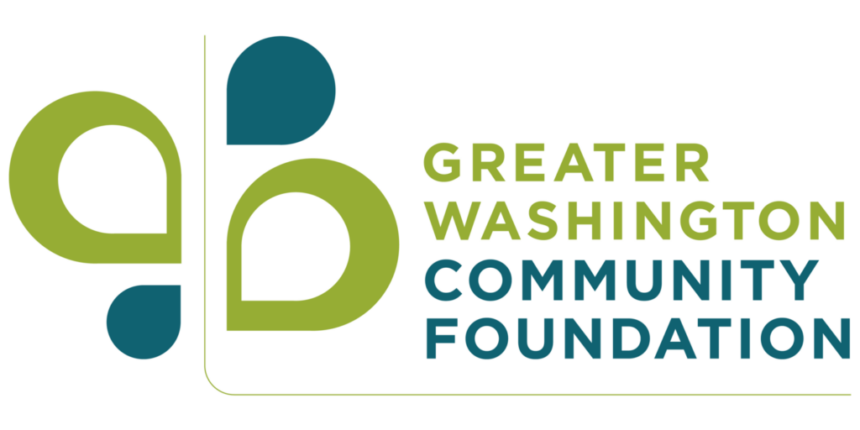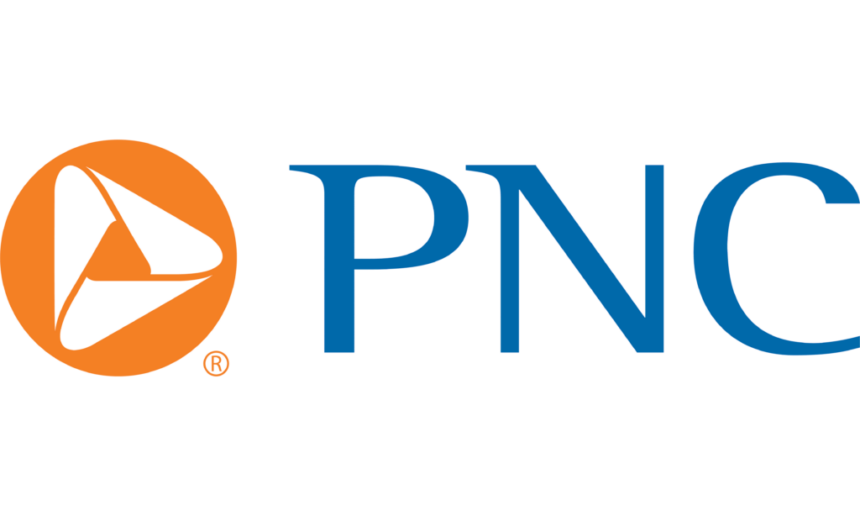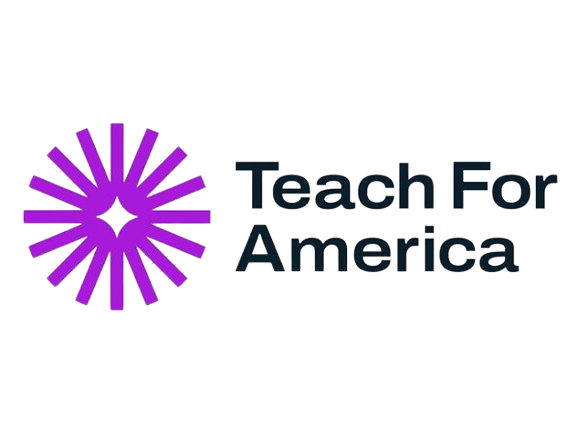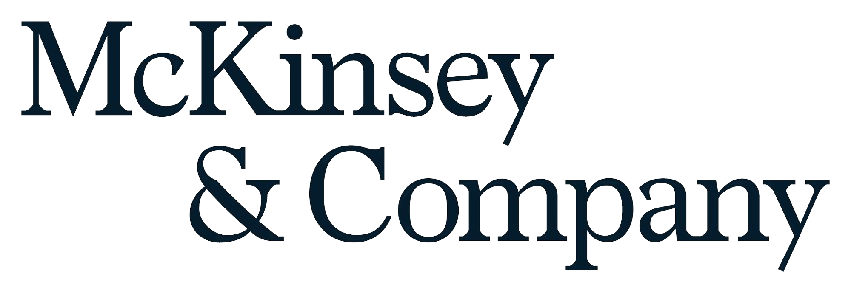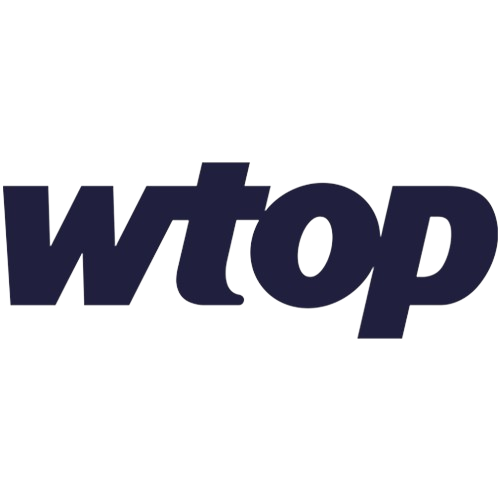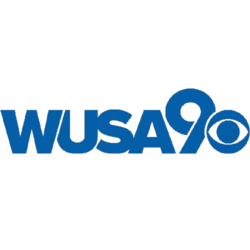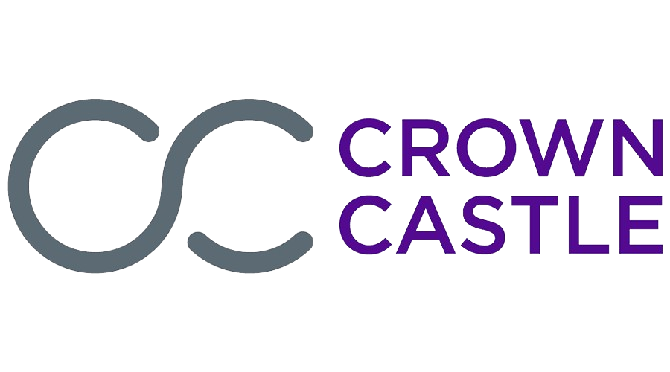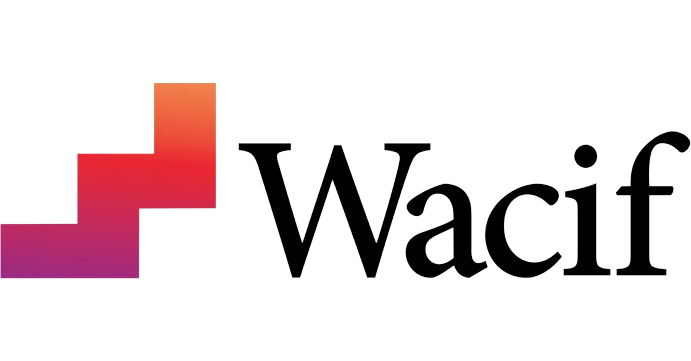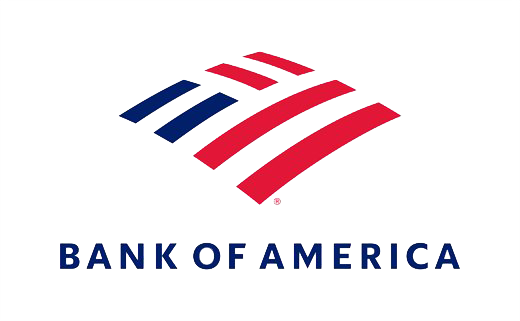THE WEIGHT OF INFLATION AND A BEAR MARKET COULD HASTEN A RECESSION — HEAR WHAT REGIONAL EXPERTS HAVE TO SAY
On June 9, 2022, the Greater Washington Board of Trade hosted the third briefing on Capital Market Volatility in the Emerging Economic Threats series presented by McGuireWoods LLP. Leading the discussion was Axios’ Market Correspondent, Matt Phillips, with panelists that included Dan Crowley, Partner at K&L Gates, Aditya Bhave, Senior US & Global Economist at Bank of America, and Jonathan Wright, Professor of Economics at The Johns Hopkins University.
Matt Phillips did a fantastic job setting the tone of the conversation and using up to the minute reports and data to frame up the discussion. The briefing covered a broad range of topics including inflation, interest rates, policy and regulatory issues, recession, national debt and more. Read the key highlights below.
What’s the state of the economy?
The economy is relatively strong, despite the first quarter GDP figures. Negative growth rates were largely driven by distortions to trade and inventory figures related to supply chain disruptions. There is a very strong labor market, particularly with lower income households, which gives them some buffer from the shock of inflation. Both consumer spending and capital expenditure have been accelerating in the last few quarters which are good indicators for a strong economy.
There are some concerns if inflation continues for the long term, how long can the consumer hold up against these pressures. There is about $2 trillion in consumer savings that have built up over the course of the pandemic and there is great potential of releasing some of that back into the economy. One sector where this is proving to be the case is the travel sector – it’s been called revenge travel whereas the consumer has been unable to travel and with this pent-up demand, they’re holding back no expense, spending more money and staying longer now that pandemic restrictions are being lifted.
What is the Federal Reserve doing?
The Fed is issuing a quick tightening cycle on interest rates because they are a little behind the curve, particularly from the latest announcement, raising interest rates by 75 basis points in the latest round of rate hikes. For 30 years, policy makers have worried about inflation and the only problem is that it’s coming in too low. The good news is that the Fed knows the tools needed to get inflation down. It’s more than likely that the Fed continues to raise interest rates by at least 50 basis points until there is some distinct cooling in monthly inflation.
Forecasting is difficult at the best of times, generally going off past experiences but in this particular situation, we don’t have anything to compare to so for the most part, our crystal ball to forecast is broken. The Fed’s target for inflation is still 2% but we’re seeing much more elevated levels and with core PCE (personal consumption expenditures) still above 3%, the Fed will have to keep raising interest rates until things tamper down. All in all, we see inflation continuing through the remainder of the year.
What policy or regulatory moves are coming down the pipeline?
There are a number of new proposed rules and regulations that may be passed by the current Congress. Recently, the Securities and Exchange Commission (SEC) proposed new rules on disclosing climate risks along with ESG and human capital. While they are just proposals, it’s likely they will become rules moving forward. Senators Lummis and Gillibrand just announced a bipartisan bill to regulate cryptocurrency, stable coins, NFTs, and other digital assets so that has to work its way through both the senate and house of representatives.
During the credit crisis of 2007/2008, there was a massive outcry on spending $700 billion to bail out these firms. Ultimately, that was scaled back to about $500 billion, and it created the TARP program or troubled asset relief program. That program essentially paid for itself, even making the taxpayer about $100 billion in profit and counting. Because of the pandemic, we’ve spent roughly $5 trillion dollars though the CARES Act and the Bipartisan Infrastructure Law. The Build Back Better bill would have added an additional $4-5 trillion to the staggering $30 trillion sovereign debt our country is already carrying. With that said, there will be much fewer spending bills added as interest rates rise because more and more of the budget will be put towards paying interest payments on our debt. If any more spending bills do pass both the house and senate this year it will likely be some type of Omnibus spending bill that could include rules for cannabis banking, especially since 37 states have legalized it.
Is a recession imminent?
It’s certainly likely that we’re heading into a recession if we’re not already in one. The recent indicator of a bear market on wall street as the S&P 500 declined by more than 20% year-to-date is one sign. High inflation of 8.6% in May, up from 6.3% in April coupled with higher interest rates is another indicator. The slowdown in the housing market with available homes for sale and increased mortgage rates tends to subscribe to recessionary pressures.
When asked about a potential for a “Volker Shock” style recession, Jonathan Wright quickly diminished this theory by comparing the potential recession we are facing to the recession in 2001, following the collapse of technology stocks. It was short and mild and there are many arguments that it didn’t even occur at all. However, all panelists did agree that a recession is likely.
This webinar proved to be another spirited discussion in our Emerging Economic Threats series presented by McGuireWoods LLC. Join us on June 21st for the next part in the series as we dive into Regional Emergency Preparedness. We’d like to take this opportunity to thank all our panelists for their incredible insights into a complex topic and to Matt Phillips of Axios for moderating. We would also like to thank McGuireWoods LLC for their support in making this series a possibility.
The comments made by panelist do not necessarily represent the official position of their organization, the Board of Trade or its members.
Become a member today
We need your voice at the table to make Greater Washington a place where everyone can succeed



